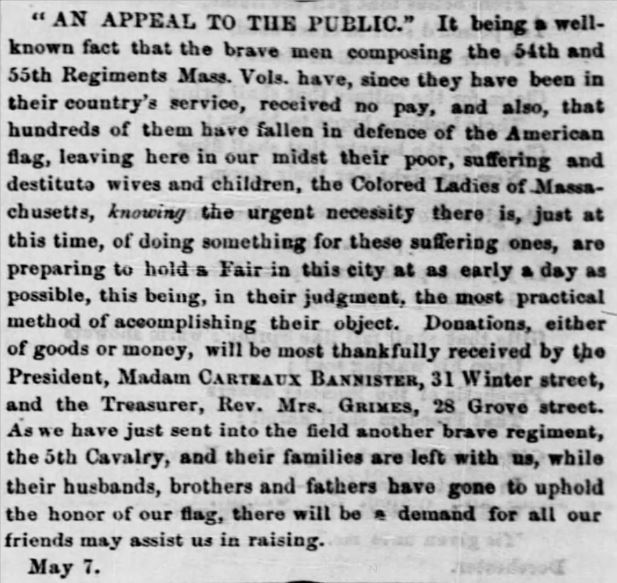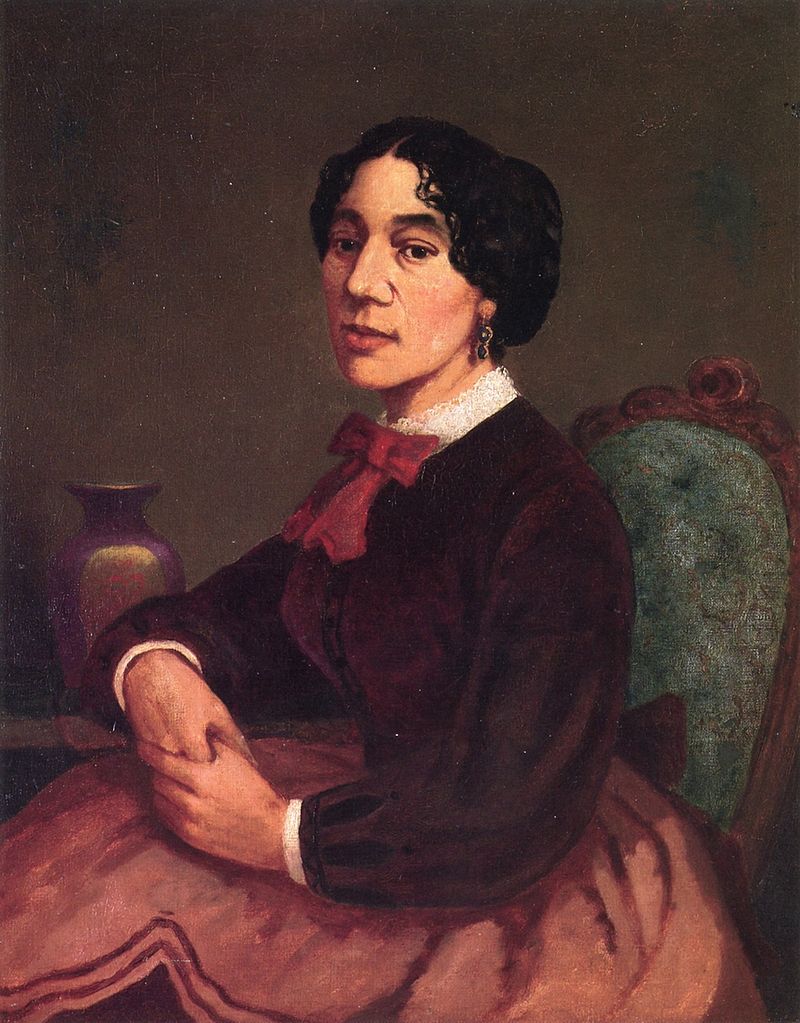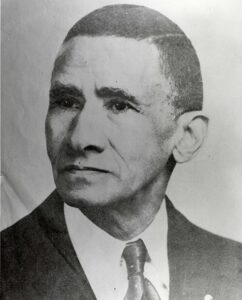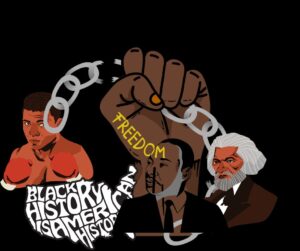Once upon a time in Black Entrepreneur History lived an African American woman named Christiana Babcock Carteaux Bannister who became known as Madam Carteaux, Women’s Hairdresser and Wigmaker, founder of her own salons and Restorative Oils hair care products.
Born in North Kingstown, Rhode Island in the year 1819 to enslaved African American man James Babcock[1] and unknown mother said to be Native American, Christiana moved to Boston when she was able work as a wigmaker and hair stylist. She was very skilled in the beauty industry, so skilled that she cultivated her own hair restoration products.
On October 13, 1840, Christiana Babcock married Desiline Carteaux in Boston[2]. He was a clothes dealer who lived at 105 Plackstone in the city.[3] The marriage didn’t last.
Soon, she opened her own salon on 365 Washington Street (moving from 284 Washington Street) and became known as Madame Carteaux, Women’s Hairdresser and Wigmaker. She was also known as a Hair Doctress because of her knowledge of various hair diseases from her detailed study of the hair and scalp. Madame Carteaux guaranteed satisfaction to all her clientele when she treated them with, and when they purchased and used, her own personally created Hair Restorative and Oils that prevented hair from falling out while also increasing hair growth.[2]
After the move, she married a man who worked as a barber inside her salon named Edward Bannister, a Black Canadian born man, on June 10, 1857 in Boston Massachusetts at the age of 34. Her husband, Edward, was 28. It was with Christiana’s financial stability and support that Edward Bannister was able to become one of the most well known Black artists at that time and the first Black person to be awarded a national art award.
By 1864, she’d moved her salon once again, from Washington Street to 31 Winter Street in Boston where she guaranteed that she could cure 9 out of 10 hair and scalp diseases with her Hair Restorative that she made from “herbs of the forest”[4].
“She Champoos with a bark which does not grow in this country, and which is highly beneficial to the hair before using the Restorative, and will prevent the hair from turning grey.
She also has another for restoring grey hair to its natural color in nearly all cases. She is not afraid to speak of her Restoratives in any part of the world, as they are used in every city in the country. They are also packed for her customers to take to Europe with them, enough to last two or three years, as they often say they can get nothing abroad like them.”[5]
The Liberator (Boston, Massachusetts) · 16 Sep 1864, Fri · Page 4
With all her clientele and connections, Madame Carteaux Bannister had a vast network, so vast that she was able to extend philanthropy into the mix by working as an abolitionist in the Underground Railroad. At the time, Boston was a major stop for may escaped enslaved Black people, and in the city, there were many like her, who were successful Black people with their own shops that doubled as Underground Railroad stations and meeting places for abolitionists.

Madame Carteaux Bannister was also involved heavily in the Boston Colored Ladies Sanitary Commission in which she was President. She along with the others in the Commission fought for the well treatment of the families left behind while their Black husbands, brothers and fathers as soldiers of the 54th and 55th Regiments of Massachusetts, went of to fight and die for the country without any pay, leaving their families poor, hungry and struggling.[6]
The Boston Colored Ladies Sanitary Commission frequently called for the public donations to help the families of these Black men who were forced to fight for the country, thus, leaving their families to starve.
Death
Madame Carteaux Bannister died on December 29, 1902, one year after her husband Bannister passed away. She died in Providence Rhode Island and was buried in North Burial Ground in the city of her death.[7]
The replica portrait of Christiana Bannister was done by her husband Edward Bannister.
Sources
[1]Ancestry.com. Massachusetts, Town and Vital Records, 1620-1988 [database on-line]. Provo, UT, USA: Ancestry.com Operations, Inc., 2011.
[2]Ancestry.com. Massachusetts, Town and Vital Records, 1620-1988 [database on-line]. Provo, UT, USA: Ancestry.com Operations, Inc., 2011.
[3]Ancestry.com. U.S. City Directories, 1822-1995 [database on-line]. Provo, UT, USA: Ancestry.com Operations, Inc., 2011.
[4]The Liberator (Boston, Massachusetts) · 23 May 1856, Fri · Page 4
[5]The Liberator (Boston, Massachusetts) · 16 Sep 1864, Fri · Page 4
[6]The Liberator (Boston, Massachusetts) · 13 May 1864, Fri · Page 3
[7]Ancestry.com. U.S., Find A Grave Index, 1600s-Current [database on-line]. Provo, UT, USA: Ancestry.com Operations, Inc., 2012.
Year: 1880; Census Place: Providence, Providence, Rhode Island; Roll: 1211; Page: 187A; Enumeration District: 011
New England Historic Genealogical Society; Boston, Massachusetts; Massachusetts Vital Records, 1911–1915
Portrait of Christiana Bannister is public domain as it was done 100 years ago, before the year 1925, and the copyright is expired.





More Related Stories
Isaac Scott Hathaway – Founder of Isaac Hathaway Art Company & Designer of First African American Coin
James Wormley – Founder of the Most Expensive Hotel in Washington D.C. in 1800s – the Wormley Hotel
William E. Matthews – Wealthy Financial Broker & Civil Rights Leader of 1800s